Interview with Kohei Ueno About his Photographic Adventures
In the 4th episode of The Adventurers of Photography series, we had the chance to ask Kohei Ueno about his experience of underwater photography.
Kohei Ueno is a Singapore based award-winning nature photographer. He uses the technique of freediving to get to the special locations of his photography. Through his works, his audience witnesses a breath-taking view of the underwater world.
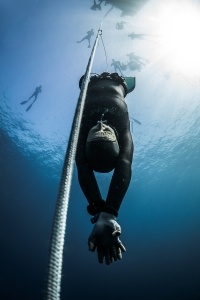
How much time in a year do you spend outdoors and photographing?
I think I have been naturally drawn to the outdoors since childhood, however being raised in the city of Tokyo and Singapore for most of my life I wasn’t fortunate enough to have the outdoors as my backyard. This is probably why as I got older, I began seeking new challenges and adventures that got me back in touch with nature. My interest in photography started after I decided to seek those adventures, after quitting my office job and travelled to find new perspectives. Ever since then I think my life has been flipped upside down where I am now usually in the waters, free diving in the oceans, or hiking out in the mountains.
How do you plan your adventures?
As a freedive photographer, the type of photography I do is an adventure in itself where I am holding my breath and diving into the ocean, the subject is never the same and can never be anticipated or planned. There are certain elements which I can control however, such as knowing the landscape, the depth, the conditions of the waters before I dive in, as well as knowing my level of comfort, skills and abilities underwater that helps me stay calm and composed. The most dangerous aspect of freediving is not being aware of the environment and your own ability, so this is usually what gets planned in my adventures.
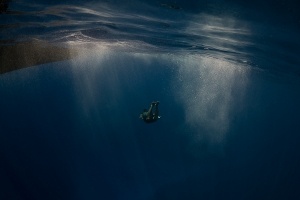
What was the most unexpected moment in your journeys?
The most unexpected moment in my underwater photography journey was the very first time I jumped off the boat to photograph the humpback whales in Tonga. Being the first time, I did not expect to encounter such a huge group, a group so large that later the locals called it the biggest Heat Run they ever saw (where a group of male humpback whales race each other chasing a single female to prove their worth). I was not expecting the sheer intensity of the moment, which made me freeze and just watch the event, I didn’t end up capturing any of it.
What is your favorite photo project so far?
My favorite photo project so far was my series of humpback whales in Tahiti, Moorea. Instead of just photographing whales, I wanted the project to put light on a controversial topic surrounding the issue of Japanese whaling. This topic is quite sensitive for me as a Japanese underwater photographer, and I wanted my images to show the people of Japan that whilst it’s important to hear both sides of the story, we mustn’t forget that the animals need to be heard and respected too, especially in the ocean where it is their home, not ours. In this series, I explore the beauty of life, forgiveness, and the power of positive change. Using images of humpback whales as a symbol of hope, as a testament to human compassion and love, and the courage to acknowledge and learn from our mistakes.
.
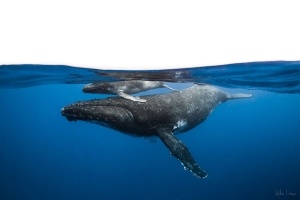
As a landscape / nature photographer you travel a lot, wake up early to reach your desired location. How do you keep yourself motivated?
As an underwater photographer I shoot a lot of marine wildlife, however as I am predominantly freediving, my motivation comes not only from finding amazing animals and landscapes, but also physically from honing my skills of diving deeper, and mastering my abilities of staying calm and composed under pressure.
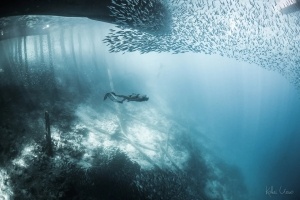
How would you describe your photographic work with only one word?
Breath-taking (literally)
Would you change your lifestyle for anything?
The only lifestyle I would change is to be nearer to the ocean and be more full time with freediving and photography, as right now I still need to travel out from my base town of Singapore in order to find beautiful spots to dive and shoot.
What is your dream location to shoot?
The cenotes in Mexico is very high up in my list of dream locations to shoot, as well as the sardine runs in the oceans of South Africa.
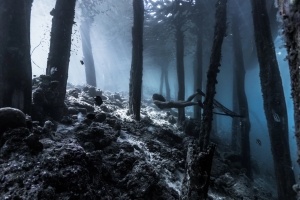
By photographing the nature, you are not controlling the scene which you chose to be your subject. How do you deal with the given situations? Are you more like the photographer who imagine an image and visit the same location until gets the image or you visit a location and regarding the actual condition you make the best out of it?
In freedive photography you always have to make the most of the current situation, and there is little to no planning of shots and frames ahead of time because the ocean is simply unpredictable. Also, when you’re dealing with photographing freedivers who are diving at speeds of one metre per second, things can get really complicated. Not only do you have to adapt to the loss of light at different depths, but you must also adapt to the change in pressure while diving head down with a camera in your hands. You’re also fighting against currents and waves, thermoclines and equalisation, your own breath and your own safety as you compose your shots while trying to stay as steady as possible.
Why did you choose outdoor photography? What is your mission with it?
I was experimenting with different genres of photography when I got my first Digital Camera back in 2012, but it didn’t take long until I realized I was more drawn to photographing landscapes. I’m an introverted person, I like being by myself and not dependent by others. I feel like landscape photography is the perfect genre for me since it allows me to be myself.
My mission at the beginning was simply to have fun, but I am now more focused on bringing people value by both inspire and help people to become better photographers. I hope to offer workshops in the near future, and create more educational videos online.


Kohei Ueno

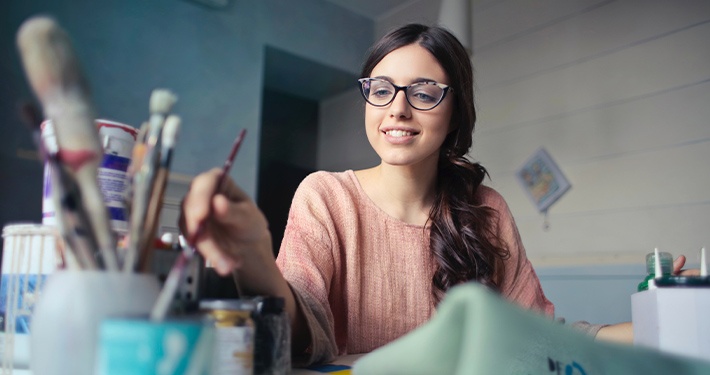
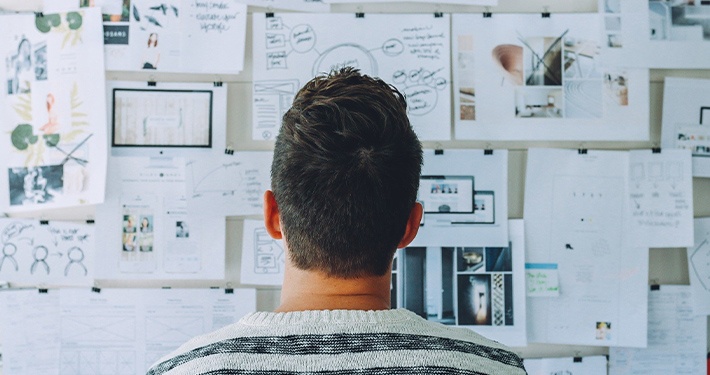
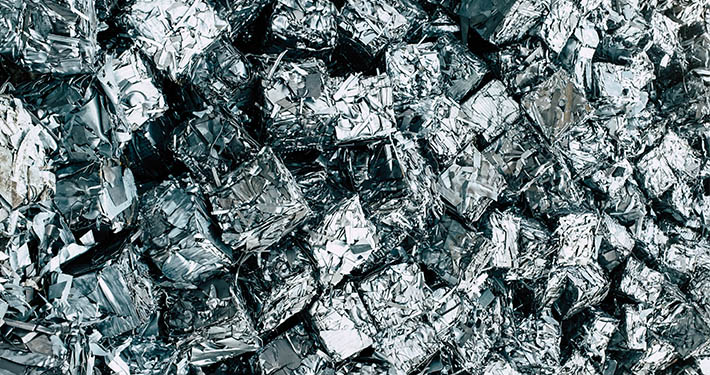









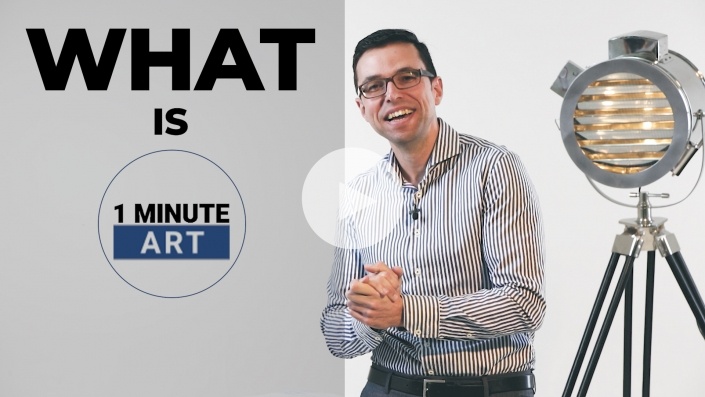

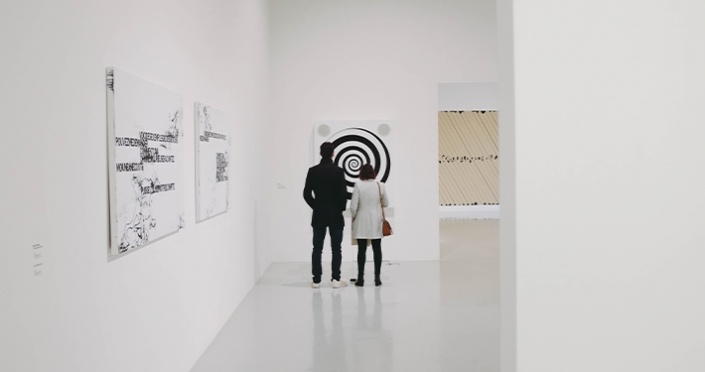


Leave a Reply
Want to join the discussion?Feel free to contribute!